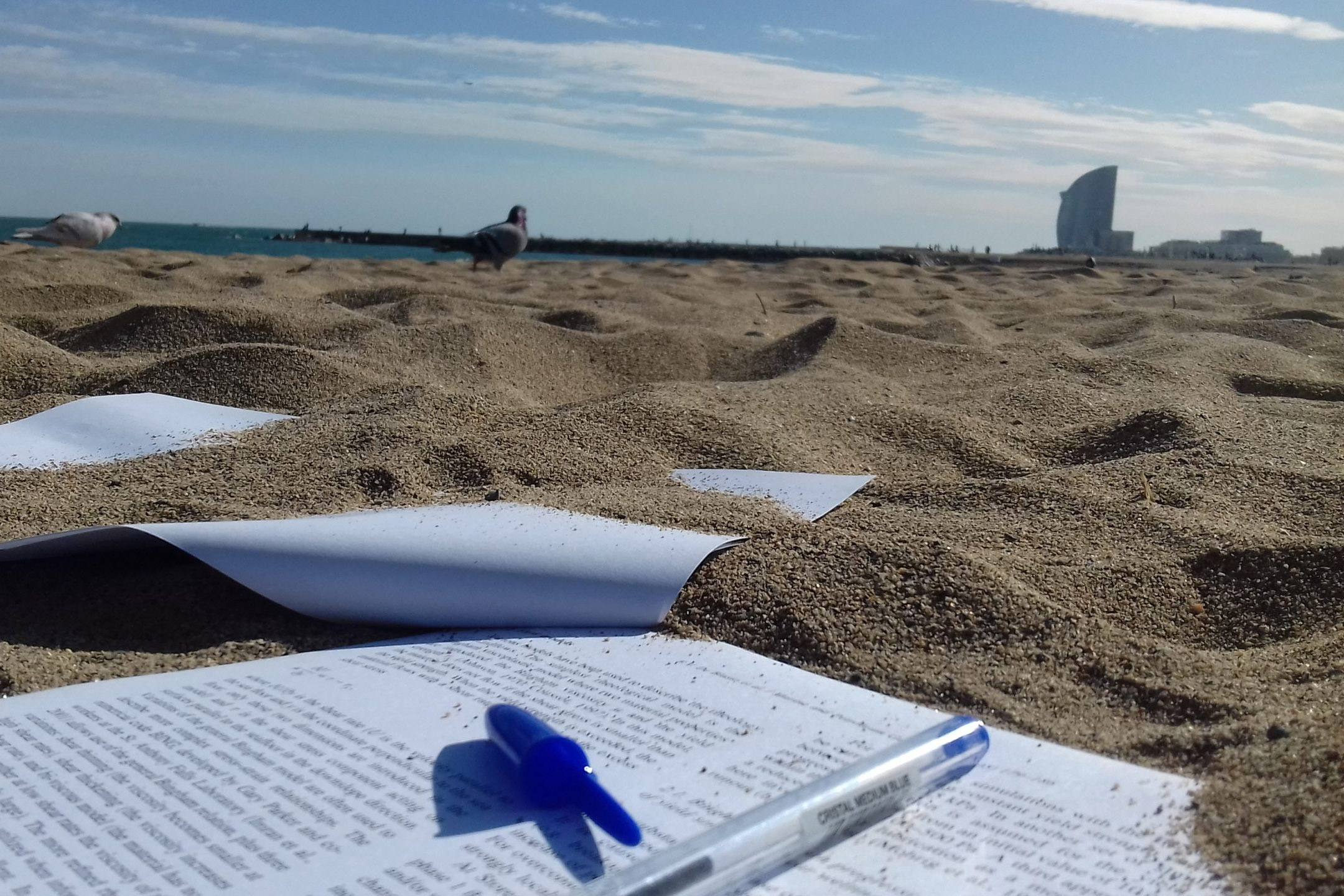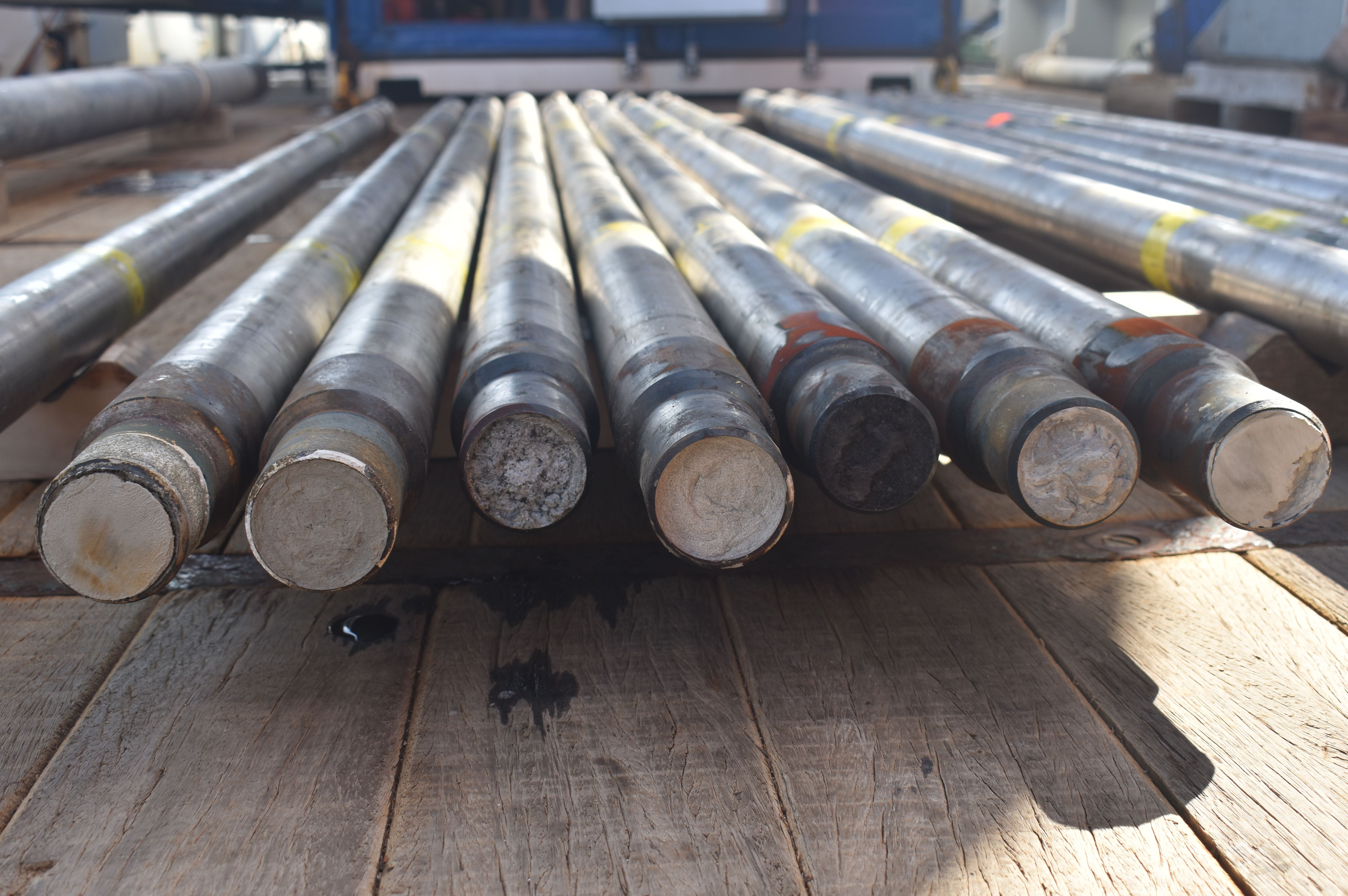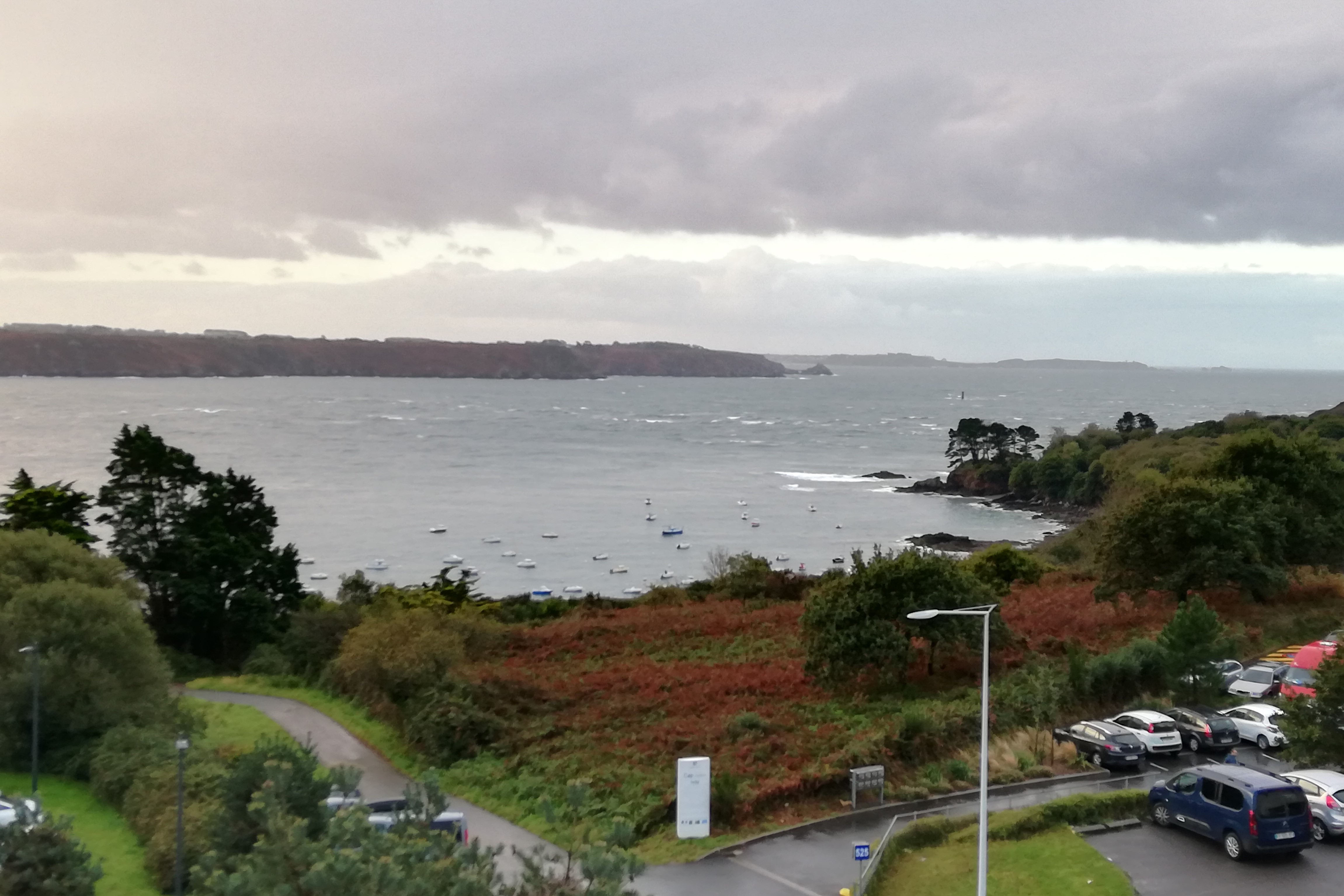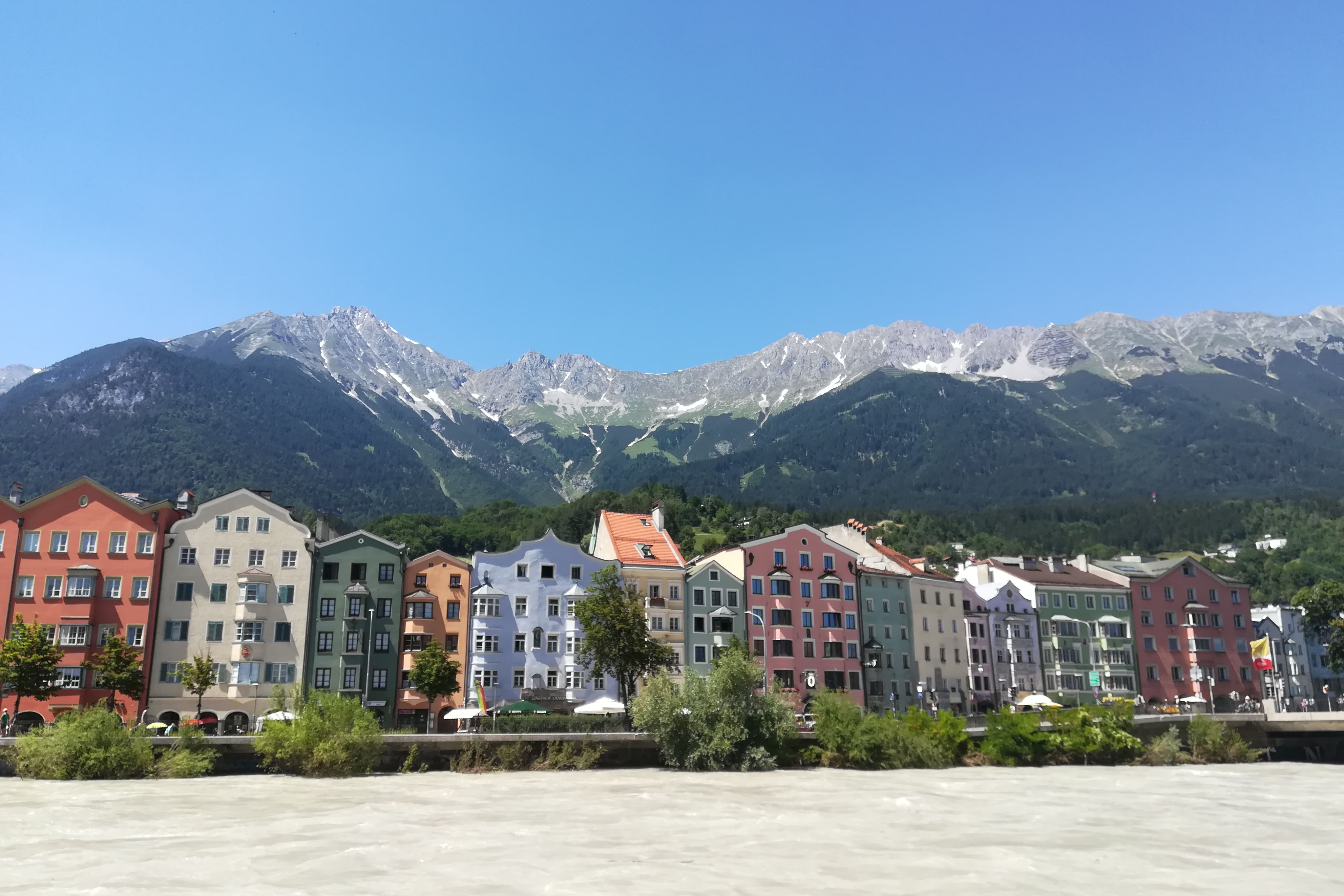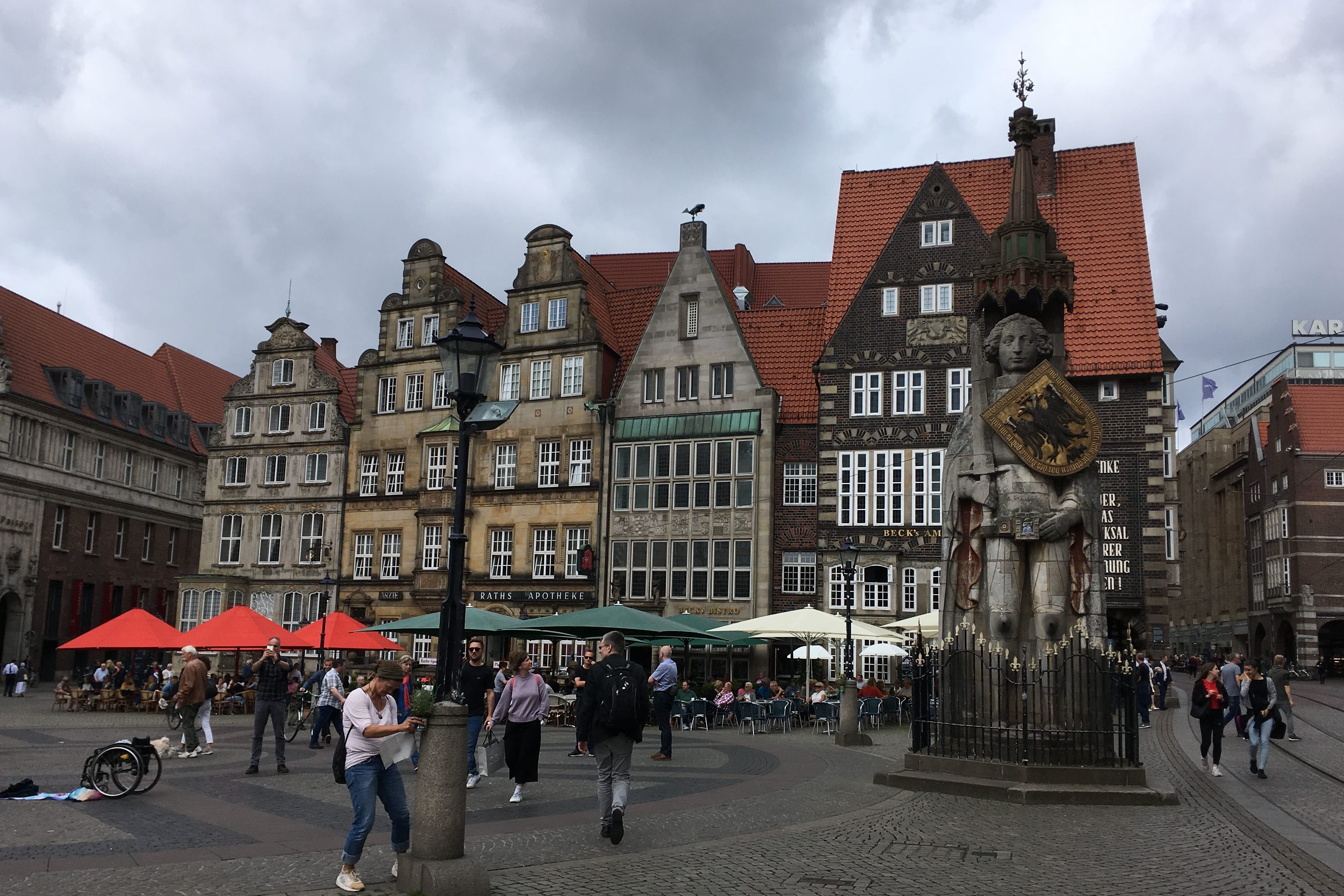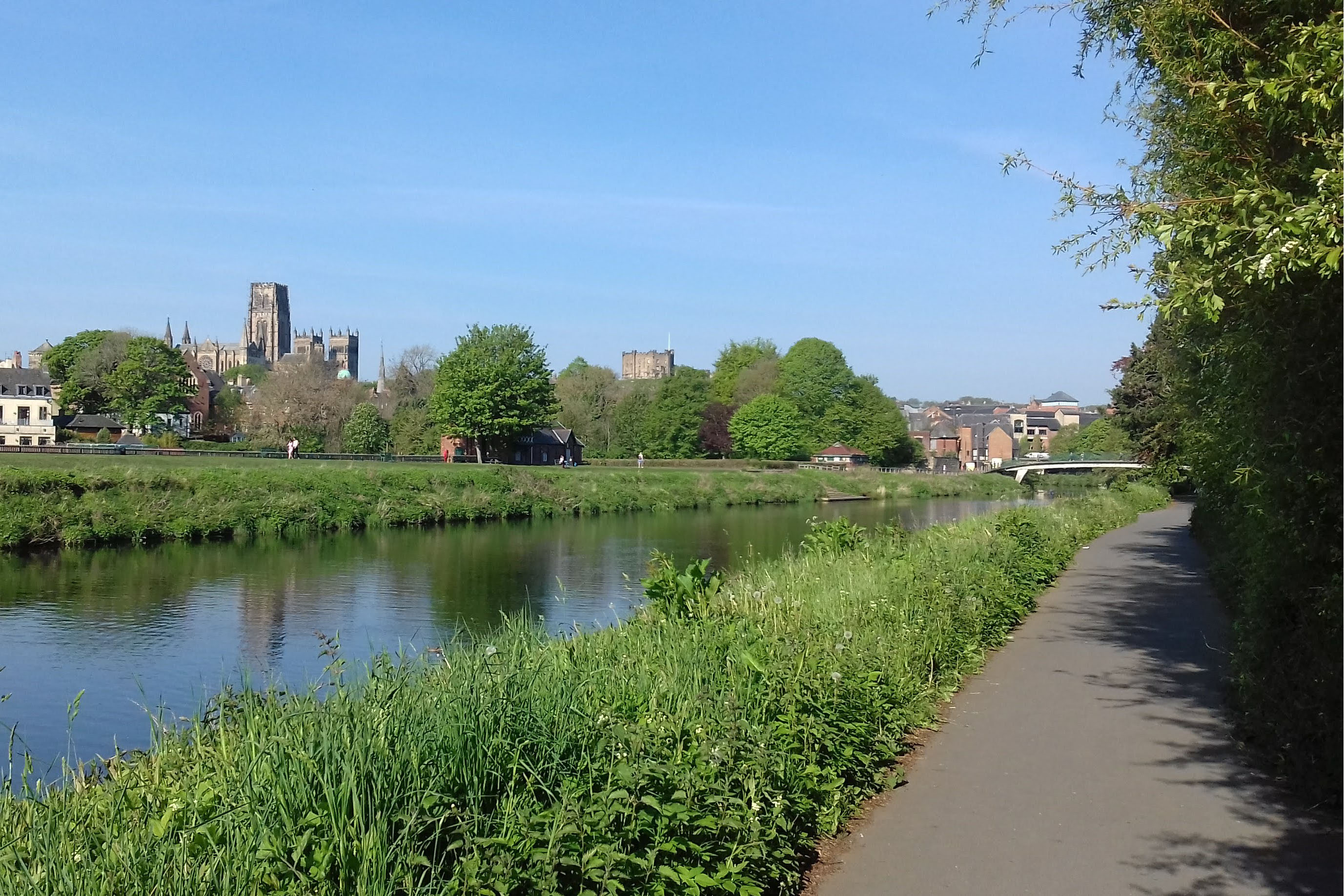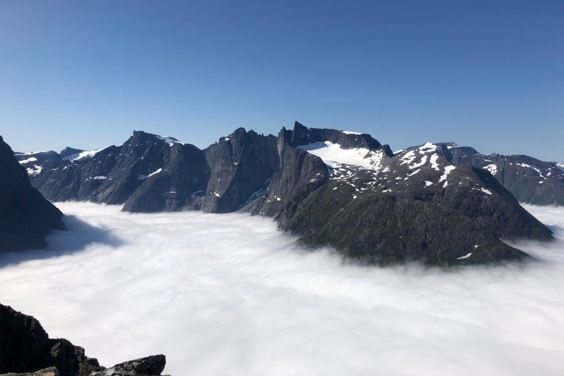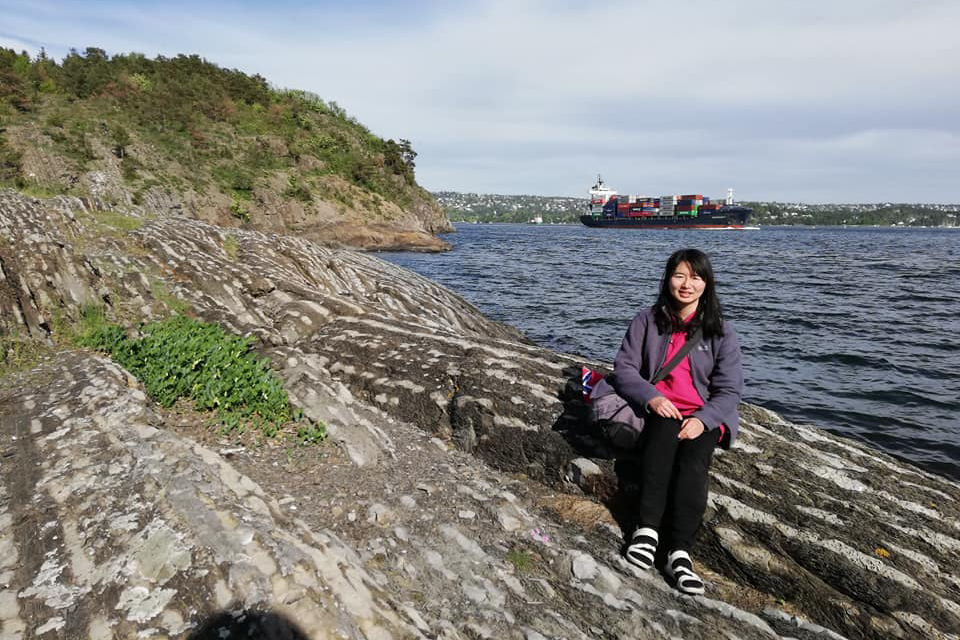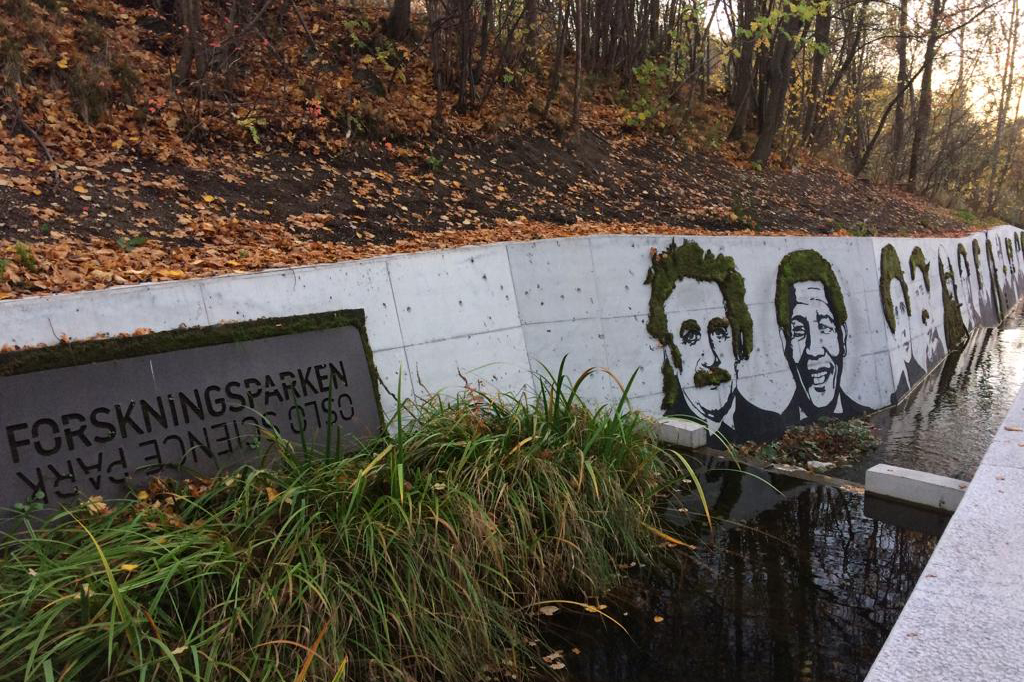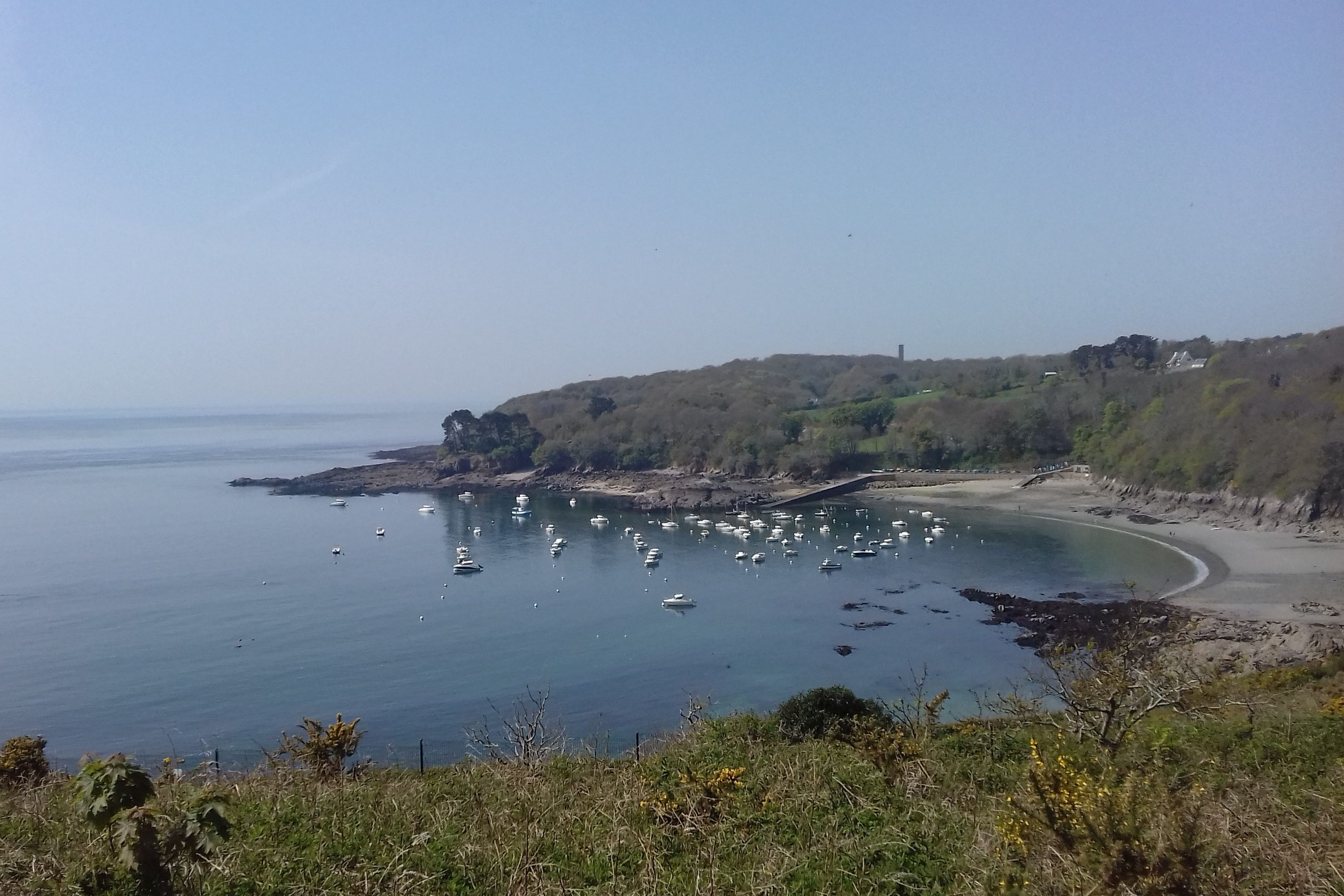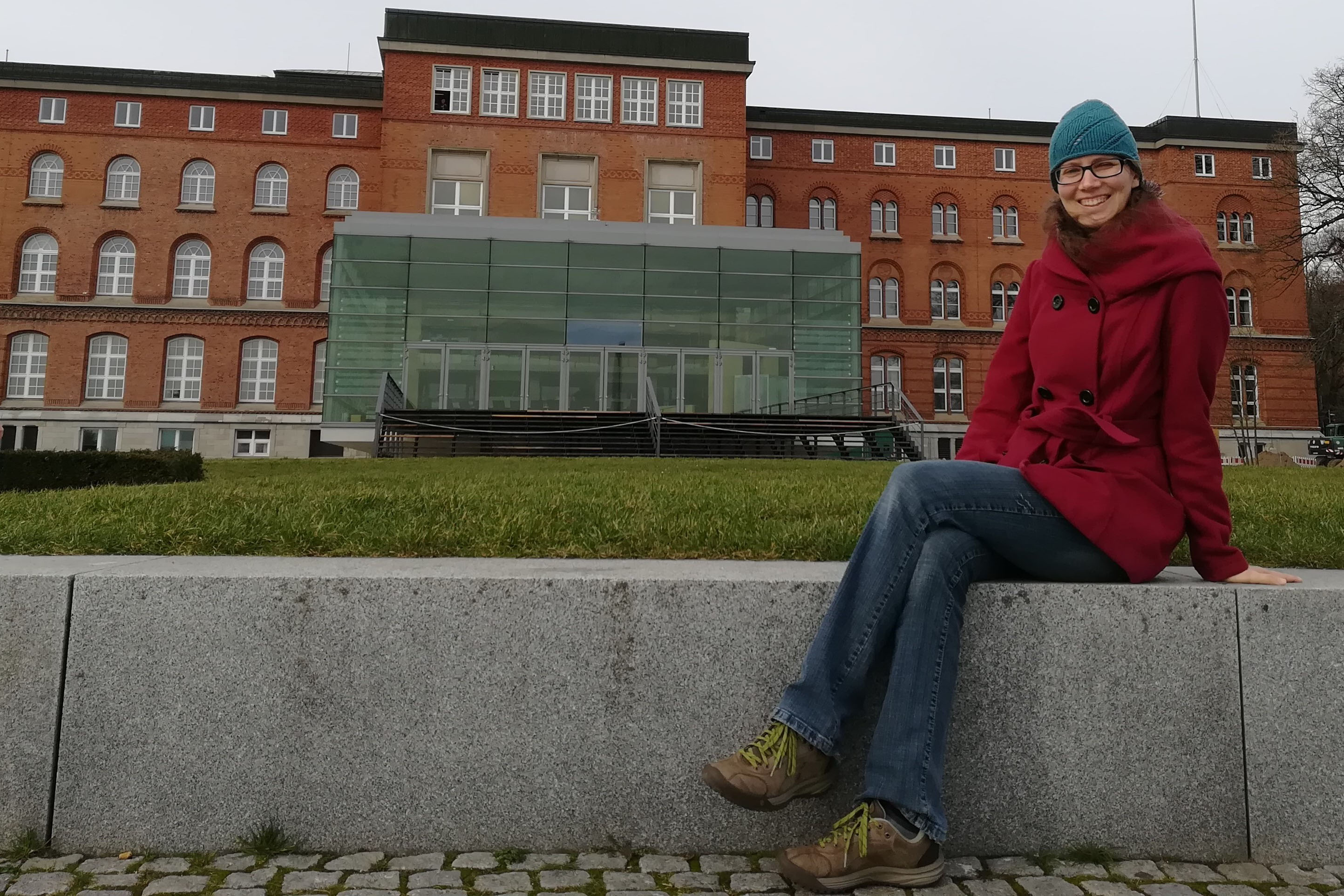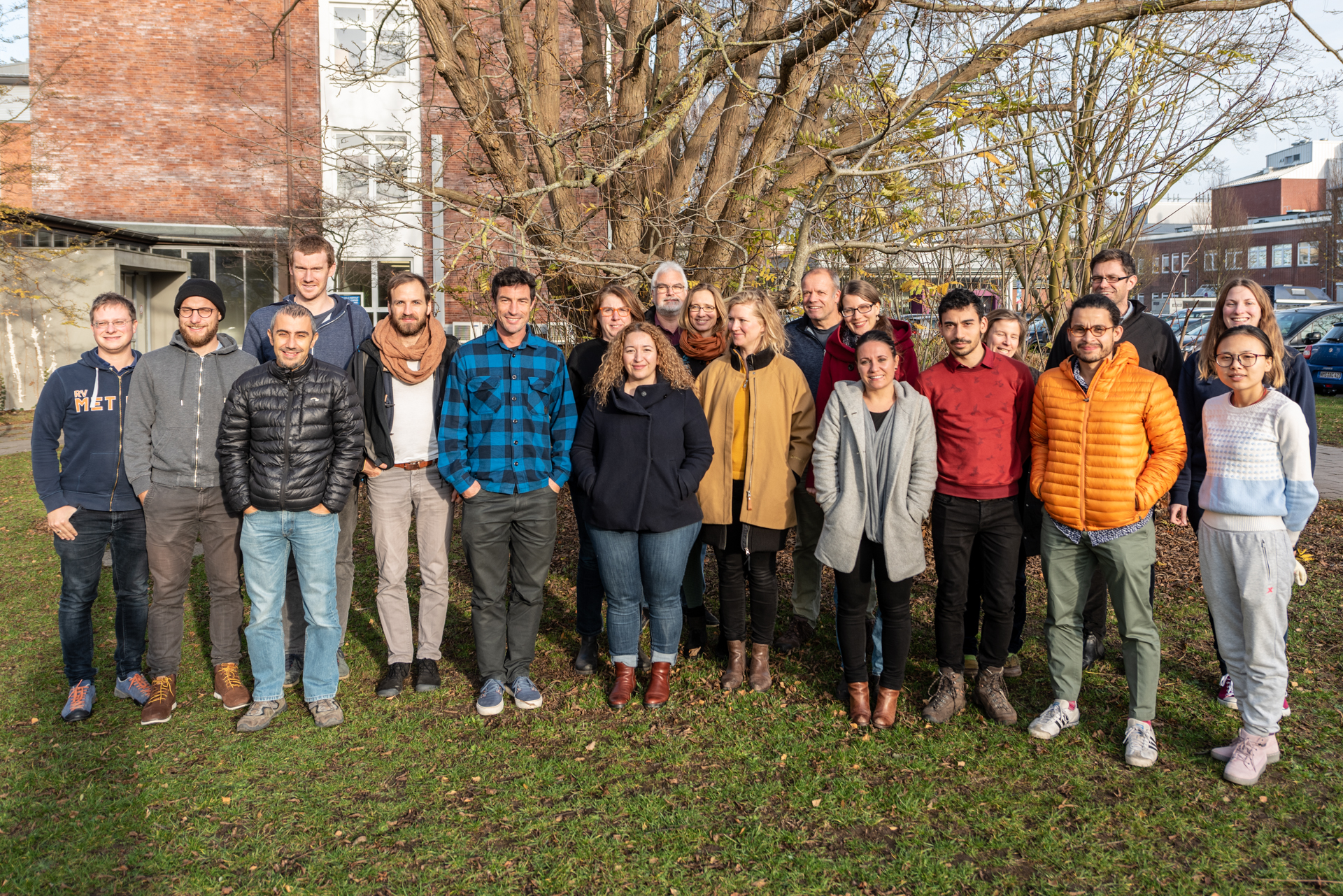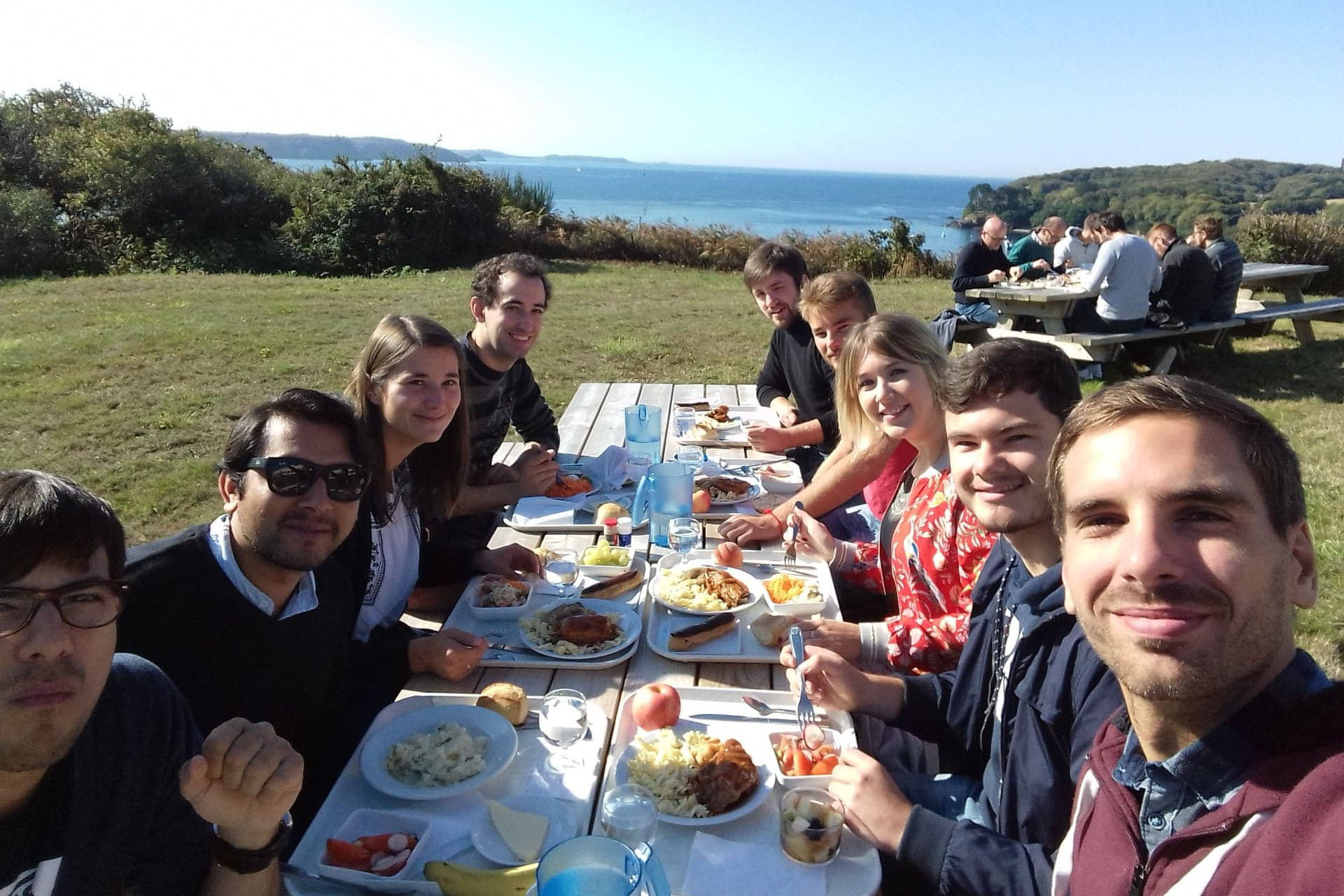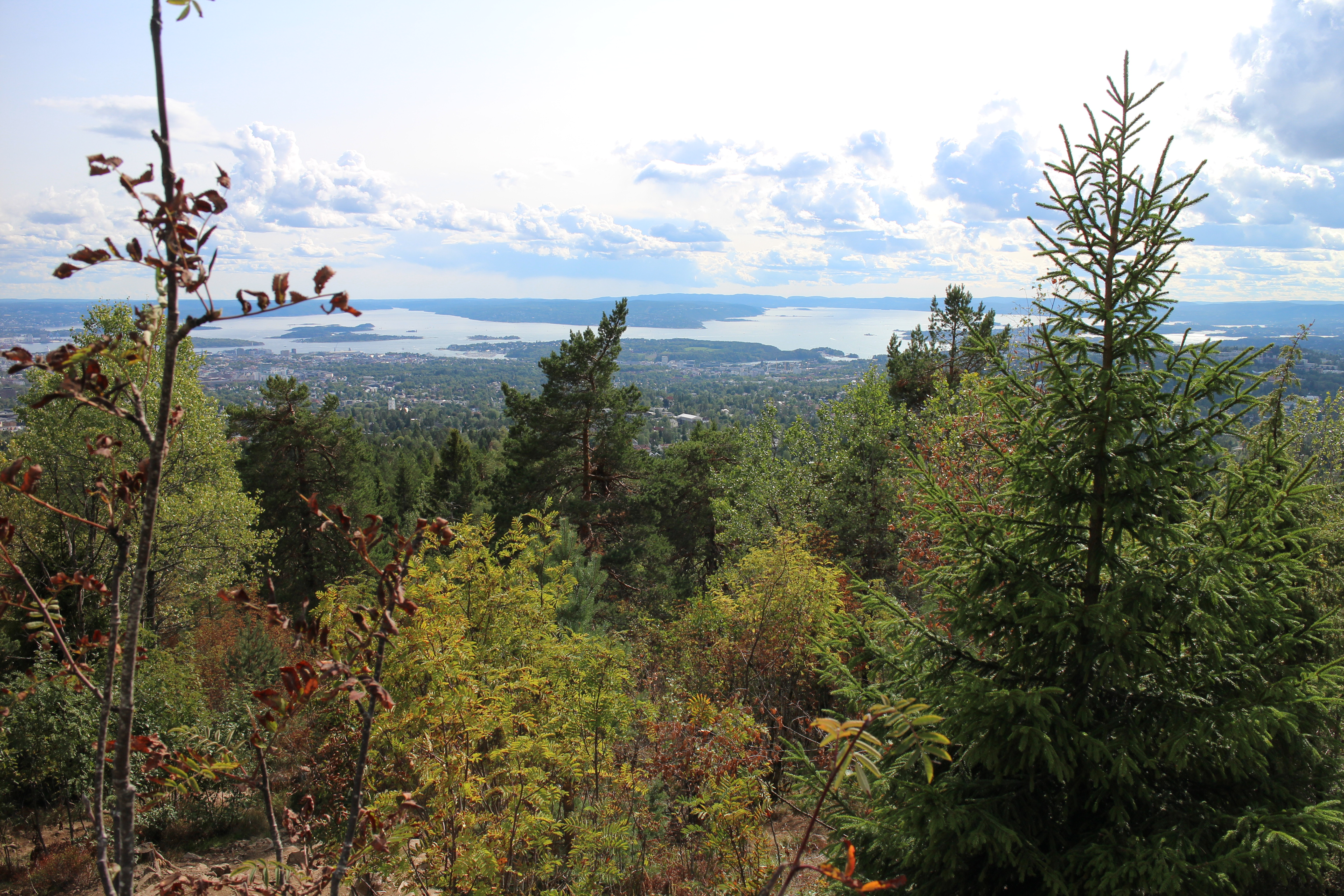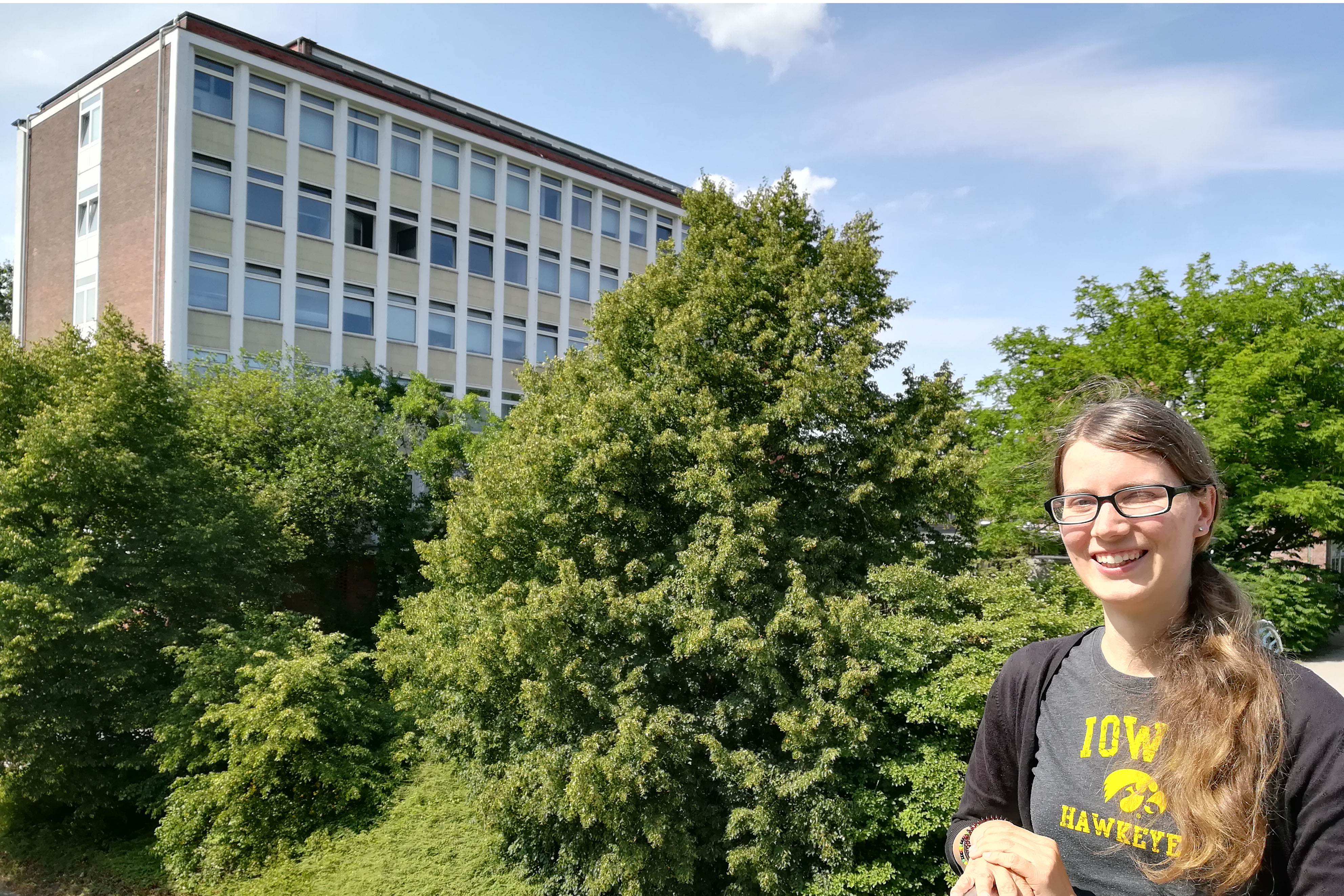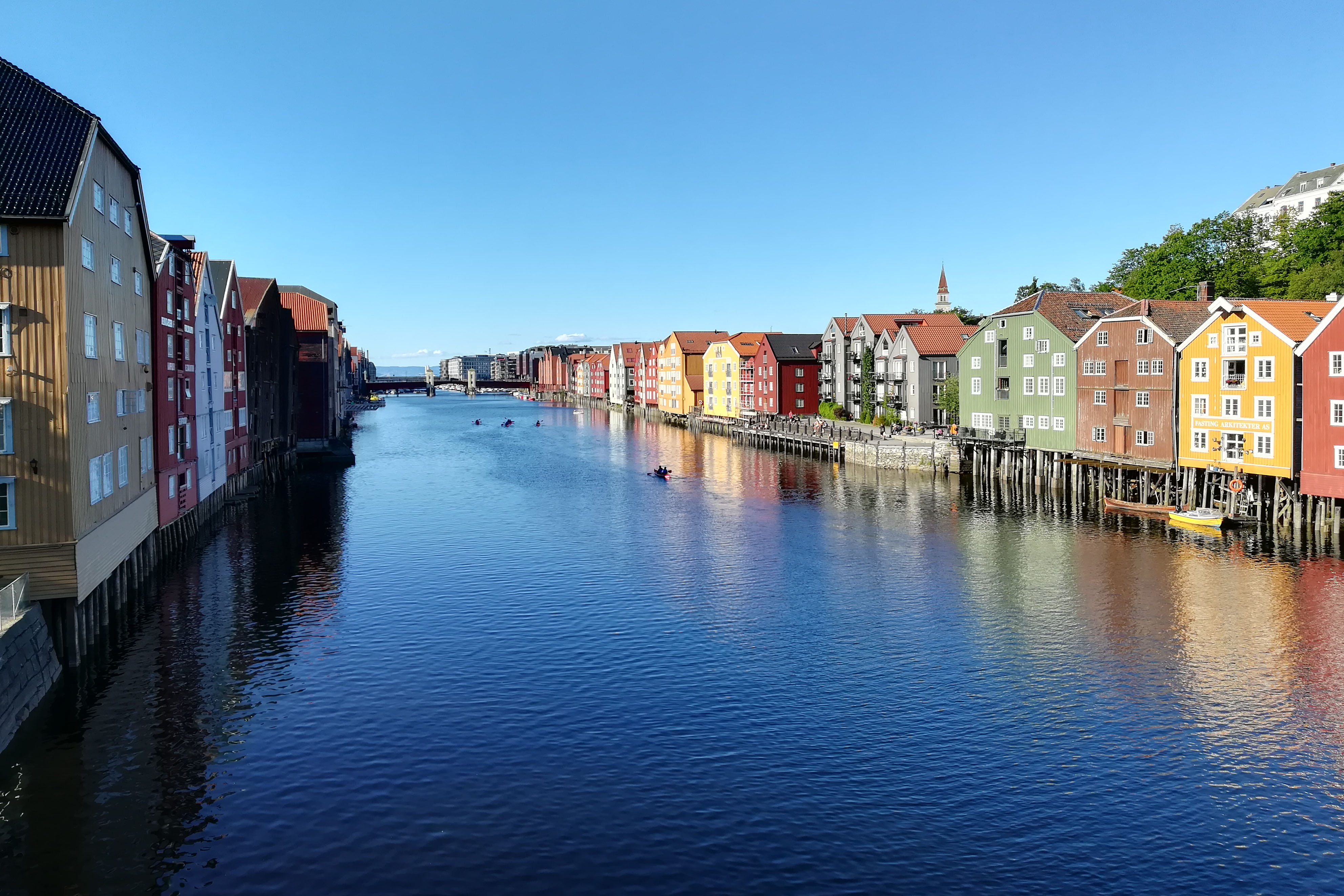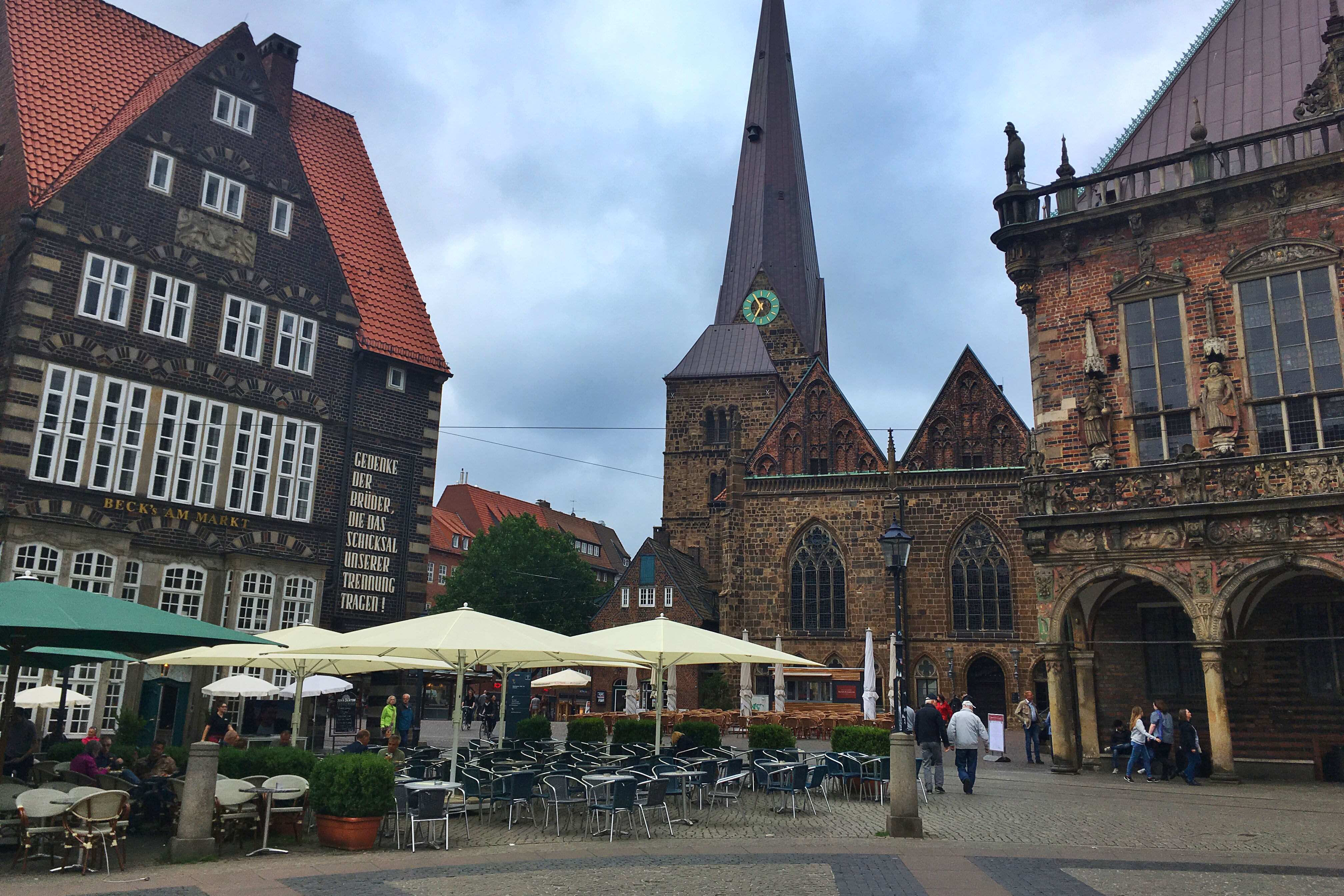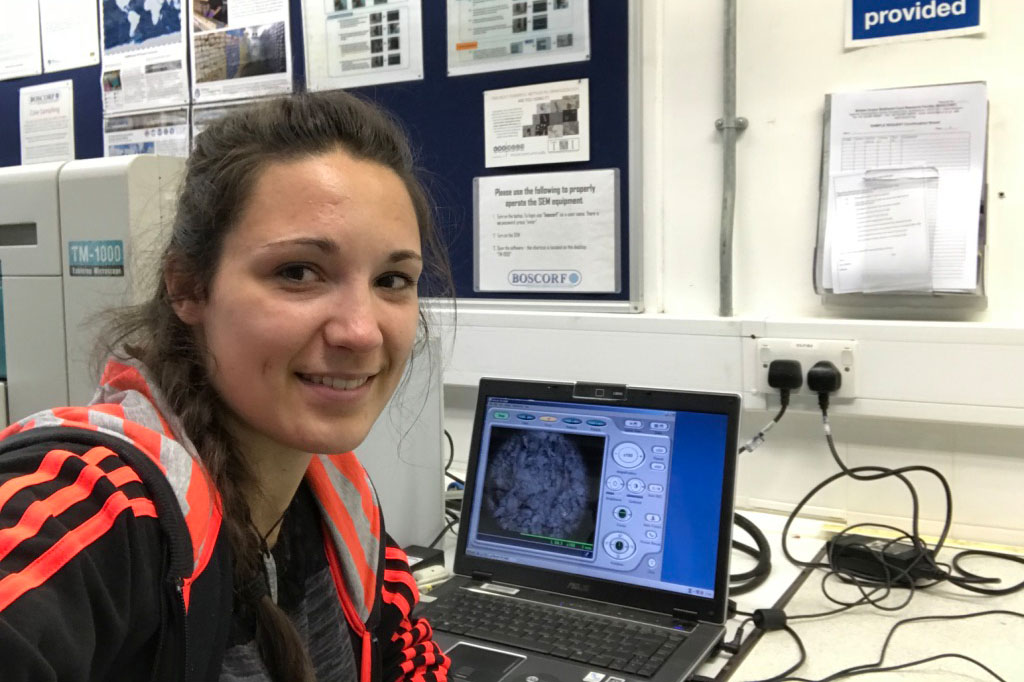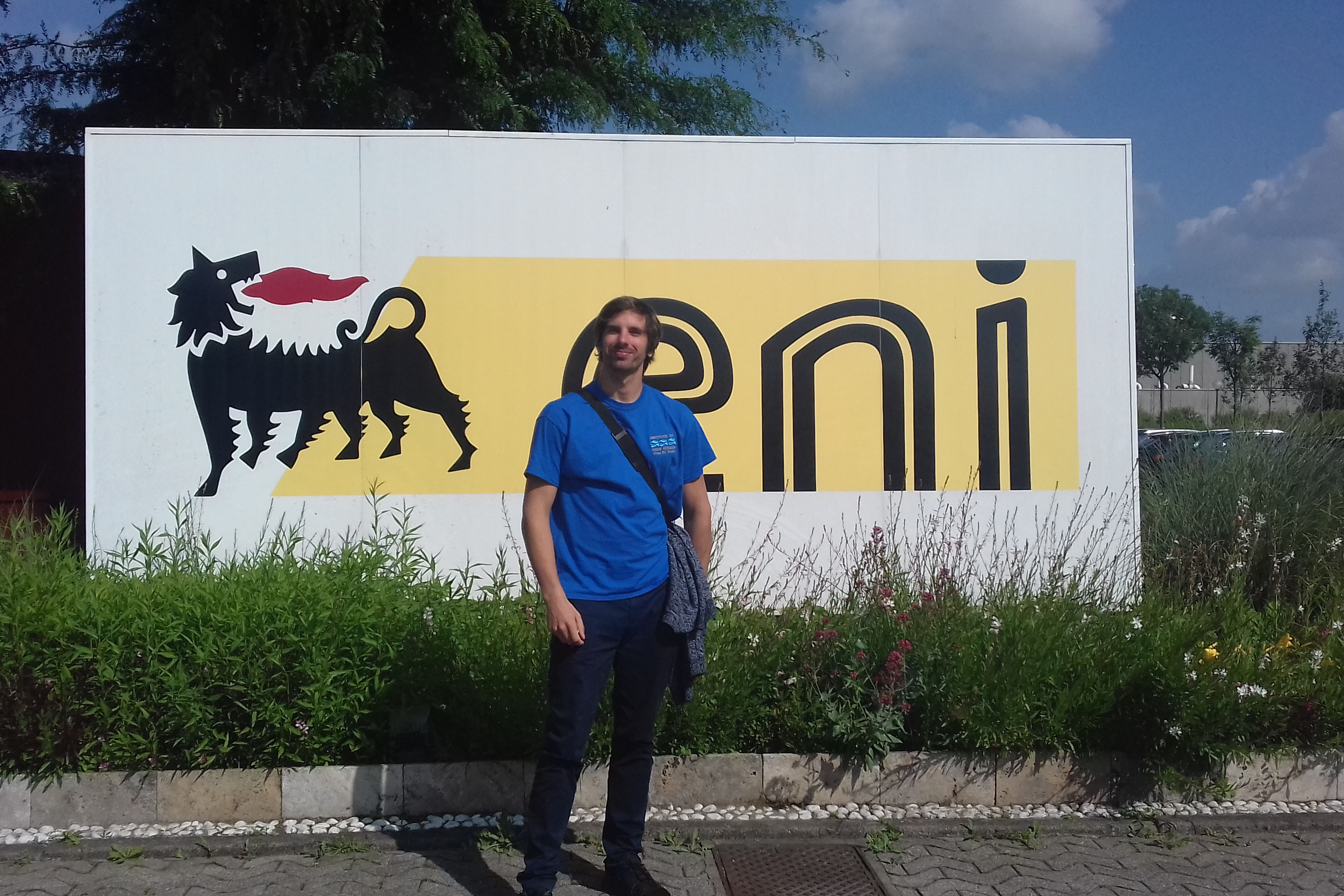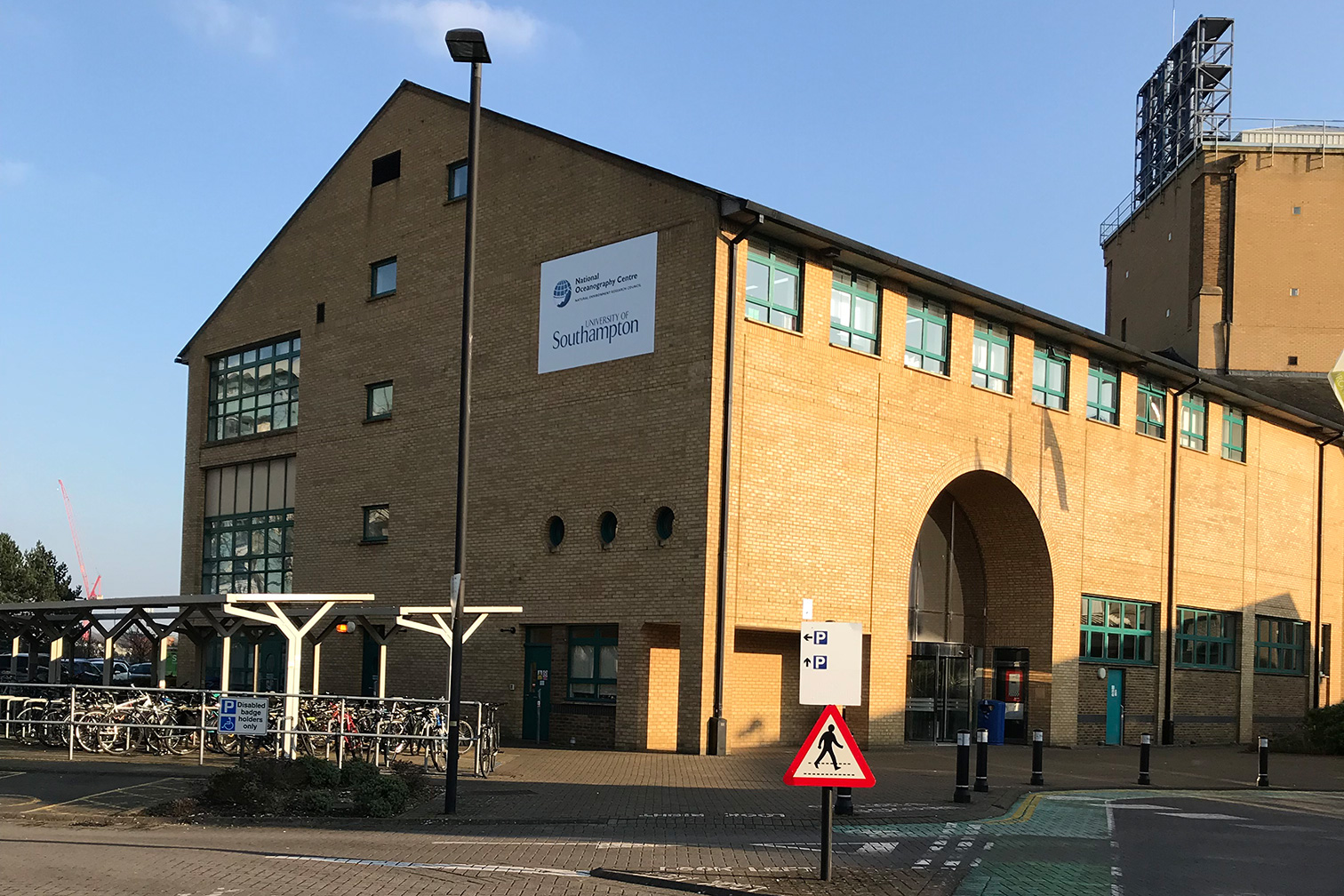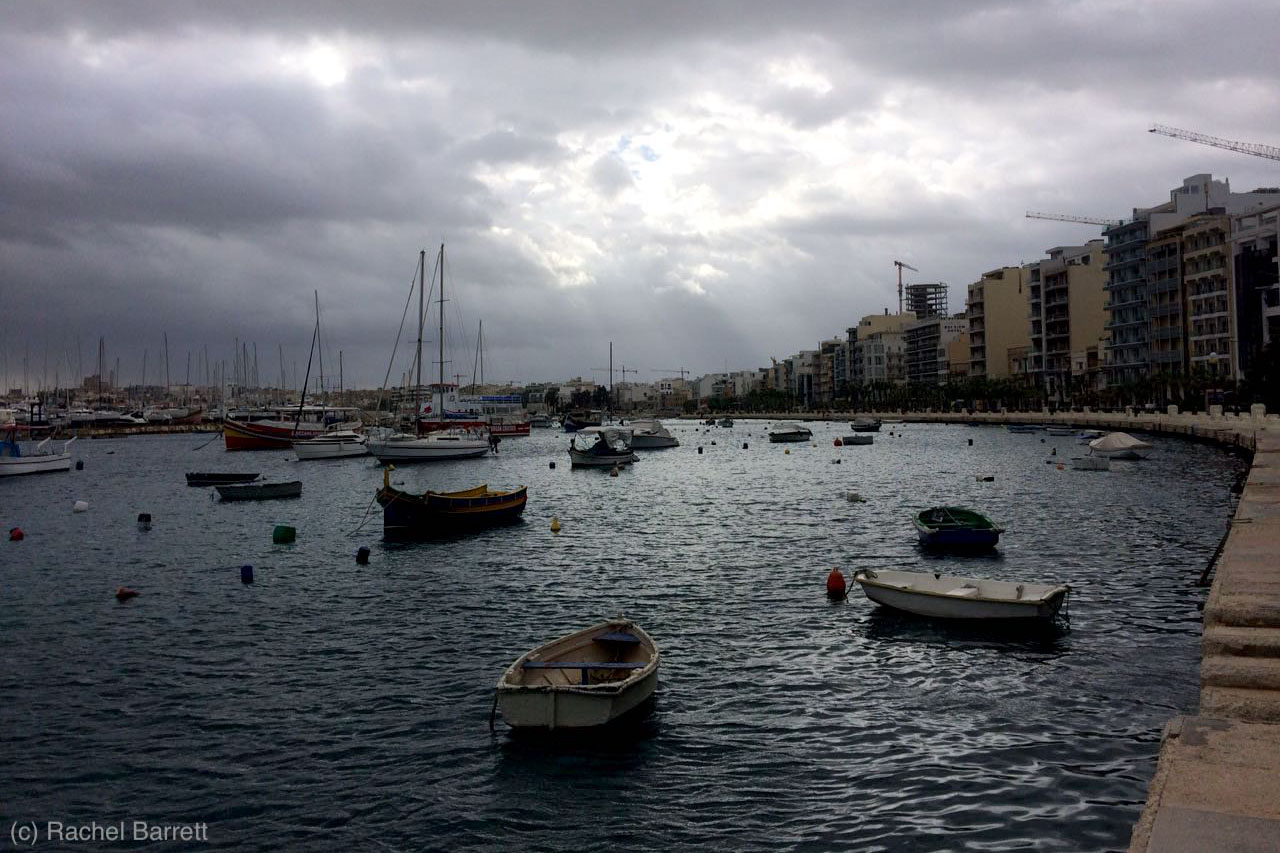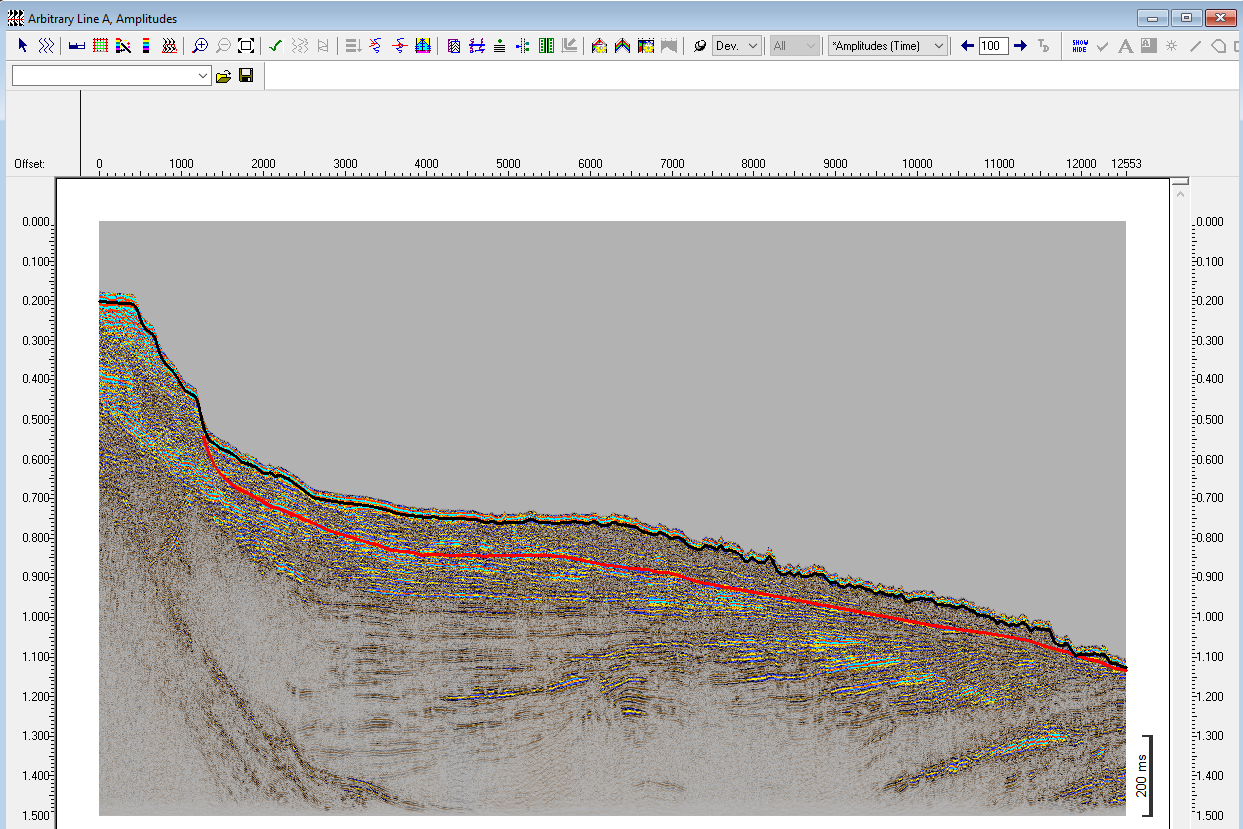Secondments
In addition to their main task at the respective host institution, each ESR participates in secondments at other institutions, preferably in the private sector and with a limited duration of approx. 6 months over the course of the project. The purpose of these secondments is to facilitate collaborative interdisciplinary work and to provide the ESRs access to distinguished complementary expertise, facilities as well as methods and data unavailable at their host institution.
As part of the outreach program, the ESRs will provide reports on successfully accomplished secondments.
Secondments Archive
2020
2019
ESR 3, News, Secondments
Ifemer 2nd part-Tugdual Gauchery My second stay at Ifremer (Best, France), with my co-supervisor Antonio Cattaneo, lasted one month from 15/04 to the 15/05/2019 and aimed to work on the first manuscript. This tight collaboration with Antonio and other experts from Ifremer helped in the writing process. The manuscript deals with […]
ESR 11, News, Secondments
Communication and networking is important to advance scientific results. On this account, researchers have gathered in Kiel to discuss newest developments concernig the Tuaheni landslide complex. Here, Monika reports on her participation in this workshop.
2018
@ IFREMER, Brest, France
ESR 3, News, Secondments
In early October, Tugdual (ESR 3) went on a secondment to IFREMER in Brest, France, in order to perform grain size analysis of the sortable silt fraction (10-63 µm) on two 9 and 11 m long piston cores. The analyses should help to shed light on present and past bottom-currents at the Gela Basin offshore Sicily.
@ Christian-Albrechts-Universität (CAU)
ESR 11, News, Secondments
In order to discuss the modelling results of gas flow in a porous medium acquired during her recent stay at Migris AS in Trondheim, Monika conducted a short research stay at the CAU in Kiel – helping her to improve previous interpretations and to adequately represent gas flow in her landslide model.
@ Migris AS, Trondheim, Norway
ESR 11, News, Secondments
With the aim of simulating migration of free gas within the Tuaheni Landslide Complex offshore New Zealand, Monika recently conducted a research stay at Migris AS in Trondheim, Norway. The results serve as input data for a geomechanical model investigating slope stability for different scenarios.
@ MARUM / University of Bremen
ESR 15, News, Secondments
Maddalena just returned from the first part of her secondment at MARUM, Bremen. During her week-long stay under the supervision of Dr. Sylvia Stegmann, she processed and interpreted CPT data from the recent SNF Sinergia Project campaign at Lake Lucerne. Read more about it in tihis report!
@ NOCS / University of Southampton
ESR 9, News, Secondments
After a first, shorter secondment at NOCS and the University of Southampton in February, Ricarda returned to Southampton in May to continue her work on µCT (micro-Computed Tomography) data, focussing in particular on data from the AFEN Slide (UK) and the FInneidfjord Slide (Norway).
@ ENI, Milan, Italy
ESR 3, News, Secondments
After my participation to the conference in Victoria (British Columbia), I had the chance to accompany my supervisor (Marzia Rovere) and 3 people from ISMAR to the Eni laboratories in Milan. As they are involved in the SPOT Project (Potentially Triggerable Offshore Seismicity and Tsunamis, ABSTRACT), they had a special authorization to access the data room for a limited time (2 weeks). My supervisor made the demand if I also could have the access to some of the data for my PhD.
@ NOCS / University of Southampton
ESR 9, News, Secondments
In my PhD project, I investigate factors that pre-condition submarine slopes to fail. I focus on the characterisation of the material near the basal failure planes of different slides and the material’s behaviour prior and during the initial stages of slope failure. The processes occurring prior and during failure are still poorly understood, as they cannot be directly observed or monitored, at least not on a grain-scaled level.
@ University of Malta (UM), Malta
ESR 1, News, Secondments
I am a doctoral student within the project SLATE and am based at Christian-Albrechts-University in Kiel, Germany. My research is primarily centred on the quantitative description and analysis of submarine landslides using geophysical and hydroacoustic data. Compared to their terrestrial counterparts, submarine landslides are poorly studied; this is a direct consequence of lower (and more variable) data resolution compared to terrestrial data, and artefacts related to the overlying water column. These factors make quantitative analysis of submarine landslides challenging, and so the majority of studies rely on a qualitative approach.
@ Christian-Albrechts-Universität (CAU), Kiel, Germany
ESR 11, News, Secondments
The European training network SLATE brings together young scientists that are focused on studying submarine landslides, which are underwater mass movements. We use different methods to dig deeper into the questions of why, how and when landslides happen. My preferred method is numerical modelling in which I use computer programs to rebuild an underwater slope. Then I run a number of tests to figure out what makes this slope unstable and eventually break. The goal of this approach is to draw conclusions for landslides in general.

